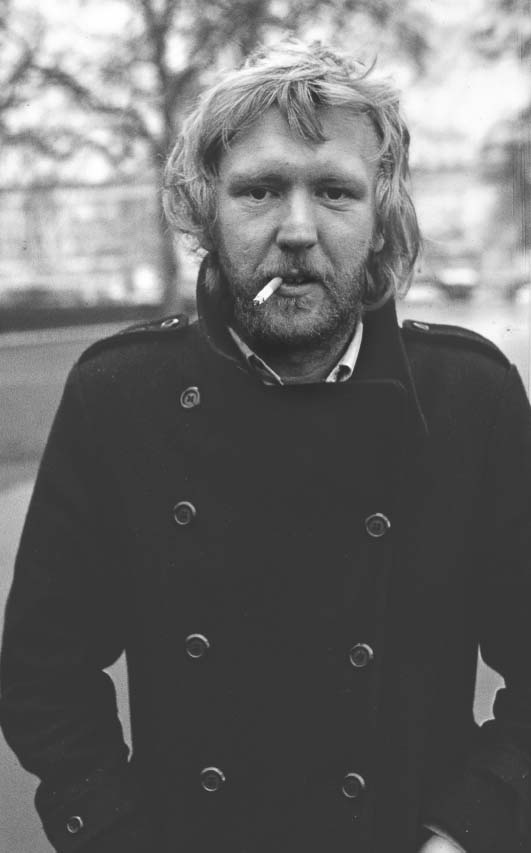
In December 1969, an unknown band called Badfinger released ‘Come and Get It’, a catchy pop song written by Paul McCartney, who had given it to the band to help them break into the charts. It worked. But it was the wrong song for the wrong band at the wrong time. Watch their performance on the BBC’s Top of the Pops: the group – earnest and long-haired – seem almost embarrassed by the song’s primary-coloured glibness. This was the end of the 1960s. Music was getting darker, more complicated. Surely they could do better than that.
While McCartney’s ditty was giving them instant chart recognition, two of the group’s members, Pete Ham and Tom Evans, were hatching a more dramatic song back in their Golders Green bedsits. ‘Without You’ was written about the two men’s relationships with their girlfriends: Ham wrote the verse, Evans the chorus. The song was full of epic observations on the fragility of love.
‘No I can’t forget tomorrow/When I think of all my sorrow/When I had you there/But then I let you go,’ wrote Ham of his romantic entanglement; ‘I can’t live, if living is without you,’ said Evans of his own. The band performed the song with little sense of conviction or self-belief. It was buried, along with its tired, plodding arrangement, on the end of side one of their 1970 album No Dice.
Harry Nilsson was an American singer-songwriter who was famous for a song he didn’t write: the lovely ‘Everybody’s Talkin’, Fred Neil’s get-away-from-it-all folk tune, which became the theme of the 1969 film Midnight Cowboy. Now, at a party, he heard Badfinger’s ‘Without You’, another song with potential (legend has it that he thought it was written by The Beatles: easy to believe).
Nilsson got together with American producer Richard Perry and they transformed the song, which was a hit in early 1972. A two-note piano intro leads into Nilsson’s tender, high vocal. The fragility of love is given its appropriate arrangement. An orchestral backing is subtly hued, and the slide into the chorus tastefully negotiated.
But then, on the first repetition of ‘I can’t live, if living is without you’, Nilsson lets himself go. It is the moment when resignation turns into something hotter and wilder. ‘I can’t give, I can’t give any more,’ Nilsson sings, desperately, and you cannot but believe him. He turns the delicate song into what would later be known as a power ballad; except that he himself is powerless, vanquished by his dependency.
The song was a massive hit all over the world. It became a standard, recorded by some 180 artists and, of course a karaoke favourite, if you were really far gone. And then, in 1994, it emerged again, this time from the formidable vocal cords of Mariah Carey.
Her version is smooth, polished, breathy, crowded with melismatic flourishes. It is everything that continues to be wrong with popular balladry today. The fragility is gone, the tentativeness nowhere to be found. On a video of a live performance, you can hear the audience revving up during each crescendo of the chorus. ‘I can’t live,’ sings Carey, but she is only girding herself for greater glory. At the end of the song, a gospel choir joins in: of course it does. ‘No, I can’t live, No I can’t live.’ The song, released the week after Nilsson’s death from a heart attack at the age of 52, was a huge success.

What is it like to feel like you can’t live? The song’s writers, Pete Ham and Tom Evans, both knew. They hanged themselves, in separate incidents, Ham in 1975, Evans in 1983. Among their concerns had been ongoing rows about royalties from ‘Without You’. People talked of the ‘curse’ of Badfinger. The band that wanted to get away from simple pop songs, and delve into the darker waters of human despair.
Peter Aspden